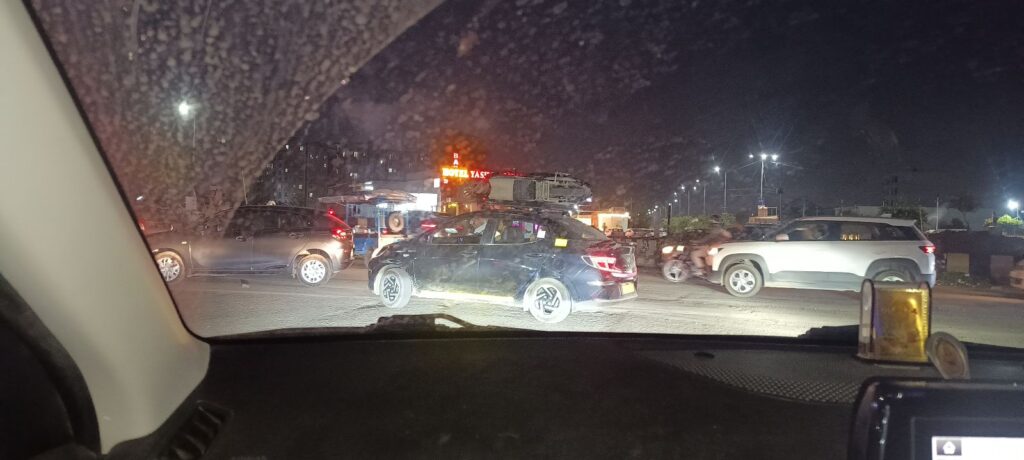Lack of awareness about the rules is one of the main reasons why Indians don’t follow traffic rules. There are many traffic rules that are not known to most Indians, and this lack of knowledge leads to violations. In addition, there is a general attitude among many Indians that traffic rules are meant to be broken.

These are the rules and guidelines established by traffic authorities to regulate the movement of vehicles and pedestrians on roads. Here are some common traffic rules:-
Violations of traffic laws are a major cause of air pollution in addition to causing traffic accidents. When drivers disobey traffic restrictions and participate in unpredictable driving behaviors like speeding and frequent lane changes, it results in increased fuel consumption and pollution emissions. Long-term vehicle idling also contributes to the emission of more carbon monoxide, nitrogen oxides, and particulate matter into the atmosphere due to traffic congestion, which is sometimes made worse by breaking traffic laws. In order to decrease the detrimental environmental effects of traffic mismanagement, strict traffic enforcement and public education programs are desperately needed. The worsening of air quality has major health implications for both pedestrians and drivers.


